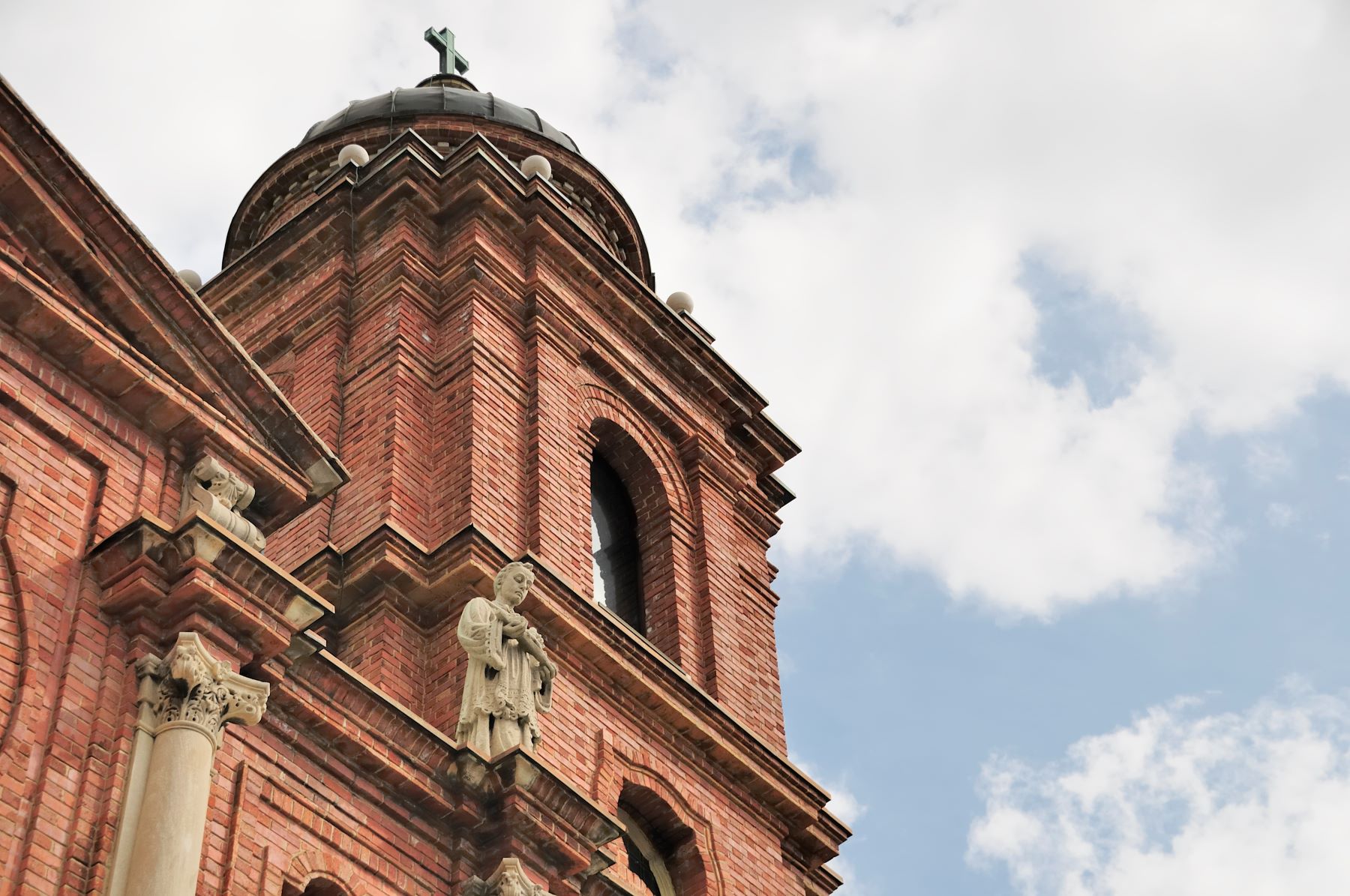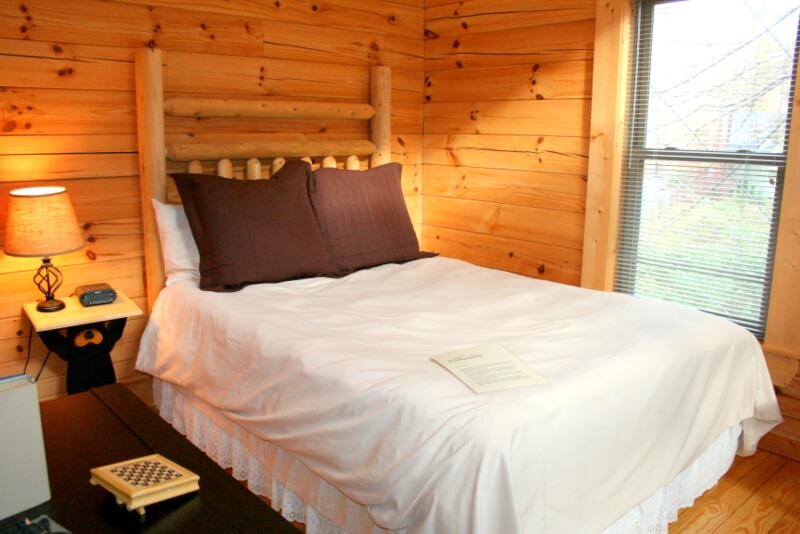
What Is the Basilica of St. Lawrence?
Spanish architect, Rafael Guastavino, originally came to the Asheville area to work on the Biltmore Estate Mansion. He quickly fell in love with the beauty of Western North Carolina, and shortly after, the construction of the Basilica of St. Lawrence began. With its unique position in downtown Asheville and as the largest basilica in North America, this historic landmark is immediately recognizable. Join us as we dive into the history of this magnificent landmark. Afterward, discover more of Western North Carolina’s historic treasures in our free Vacation Guide.
Your Complete Guide to the Basilica of St. Lawrence
FIRST: WHAT IS A BASILICA?
History tells us that the term basilica dates back to the early Greek and Roman times. The word originally referred to a type of public building. It wasn’t until the fourth century that basilicas were used as a place of worship. Rafael Guastavino constructed the Basilica of St. Lawrence as a place of worship for Catholic followers in the Western North Carolina region. This basilica was built to last with only the finest materials available. To this day, mass still takes at the basilica every day, seven days a week.
In modern times, “basilica” is a special designation given by the Pope to specific churches. These churches have great historical significance as a place of worship, and there are only 56 of them in the United States, including the one-of-a-kind Basilica of St. Lawrence.
HISTORY OF THE BASILICA OF ST. LAWRENCE
In 1905, Rafael Guastavino joined forces with fellow architect, R. S. Smith, who was a supervising architect for the Biltmore House. Spanish Renaissance was the style they chose, and you’ll find characteristics of this style everywhere you look in the basilica. One example is the stained glass window that displays the Basilica of St. Lawrence Coat of Arms.
TOUR THE BASILICA
From its unique position in historic downtown Asheville with its freestanding elliptical dome, the basilica is immediately recognizable from the exterior. And, while incredibly beautiful on the outside, there is much more to discover inside the building. Guided and self-guided tours are both available. As with any tour, the guided experience will give you additional insight and allow you to ask questions.
During both tours, you’ll learn about the many Italian-made saint statues that bless the inside of the basilica, including St. Lawrence, St. Cecilia, St. Rose of Lima, St. Patrick, and St. Peter the Apostle. The marble quarried high altar is another extraordinary sight, as is the fresco painting of the Last Supper that adorns the front of the altar. You’ll also find an incredible Spanish wood carving of the Blessed Virgin Mary and St. John, the Beloved Disciple, mourning at the crucifixion of Christ.
YOU’RE ALWAYS WELCOME TO ATTEND MASS IN ASHEVILLE
The Catholic Mass in Asheville takes place each day at the Basilica of St. Lawrence, and newcomers and out-of-town visitors are always welcome to attend. Visit the basilica’s official website for information on mass, confession, and devotion times throughout the week.
OUR CHIMNEY ROCK INN IS YOUR HOMEBASE
After a day in the city, many Asheville visitors love returning to the peacefulness of a mountain cabin. If this sounds like your idea of the getaway, join us at The Esmeralda Inn & Restaurant. Our inn rooms, cabins, and restaurant are only a 45-minute, scenic drive to downtown Asheville. Mountain views, gourmet breakfast, access to our heated outdoor spa, massage services, and our dinner restaurant are a few ways to make your stay special.

When you are ready to plan your Asheville getaway, remember your copy of our free Vacation Guide! We hope to host you soon at The Esmeralda Inn & Restaurant.